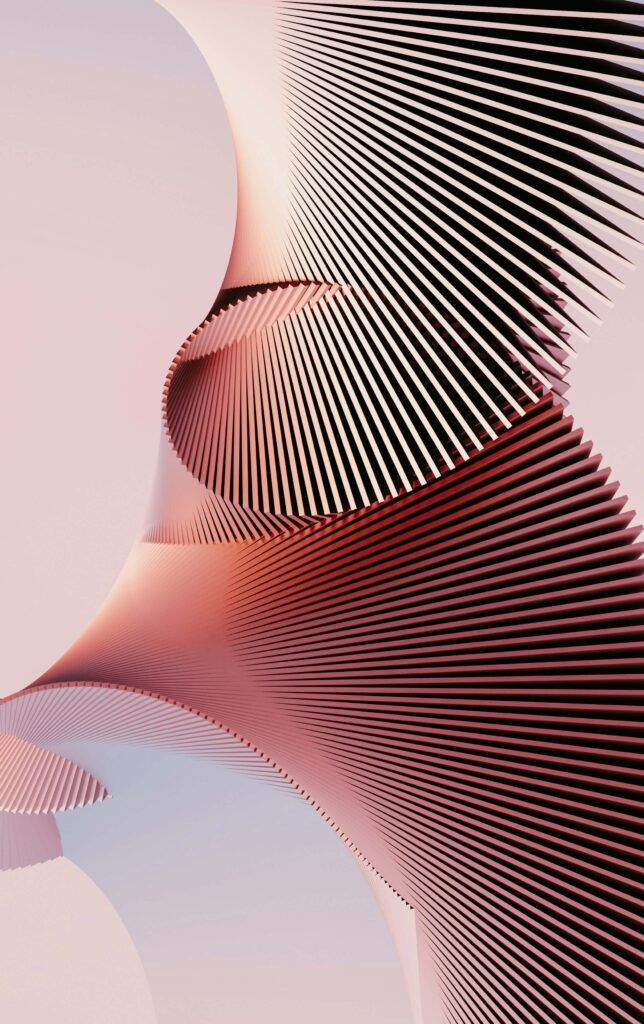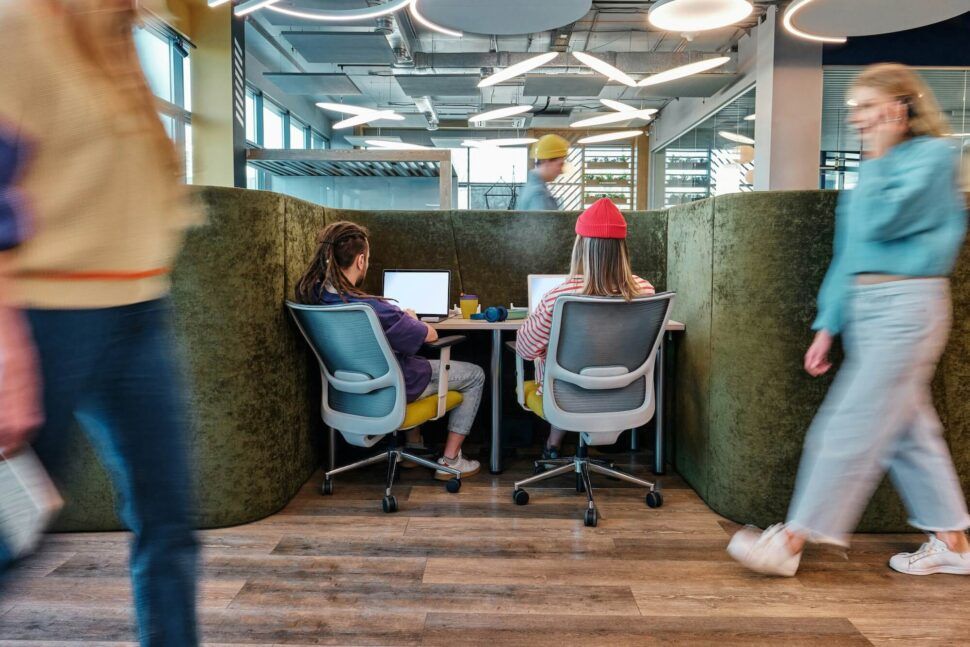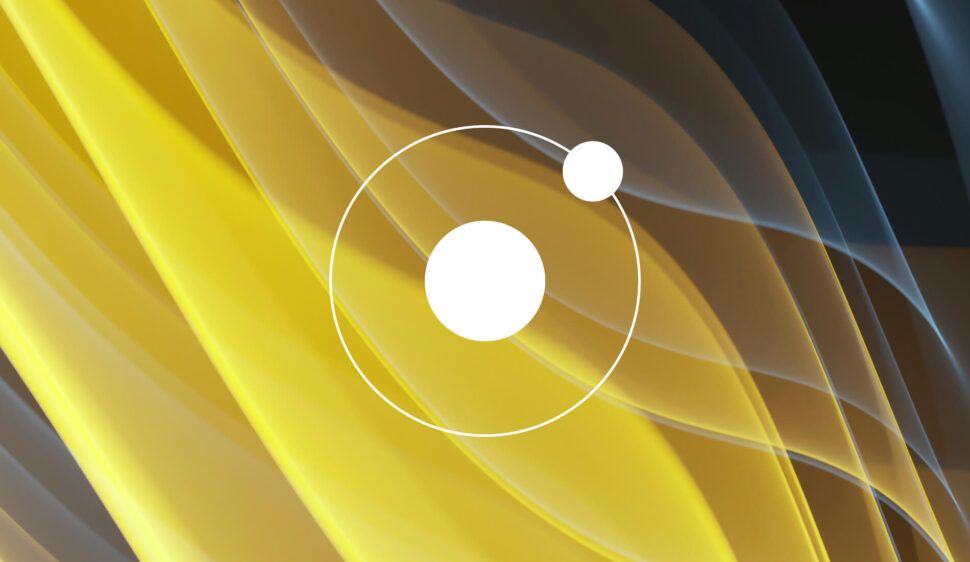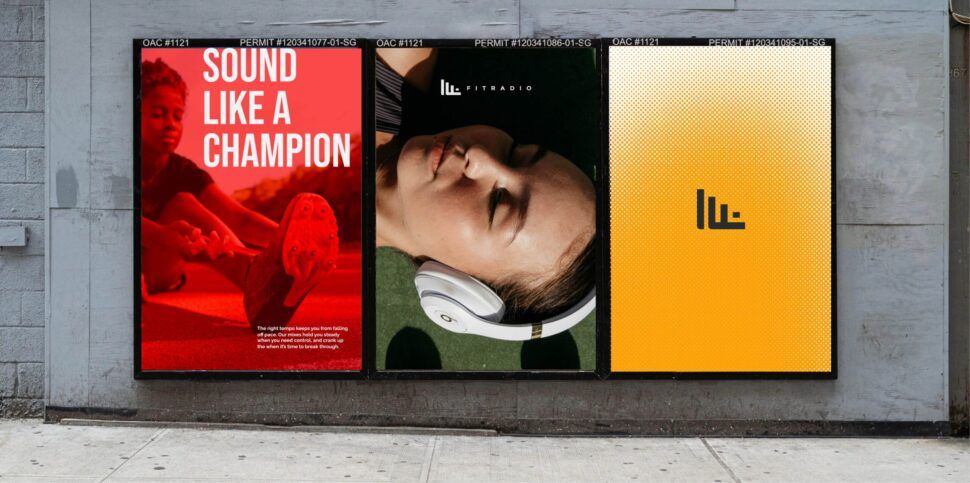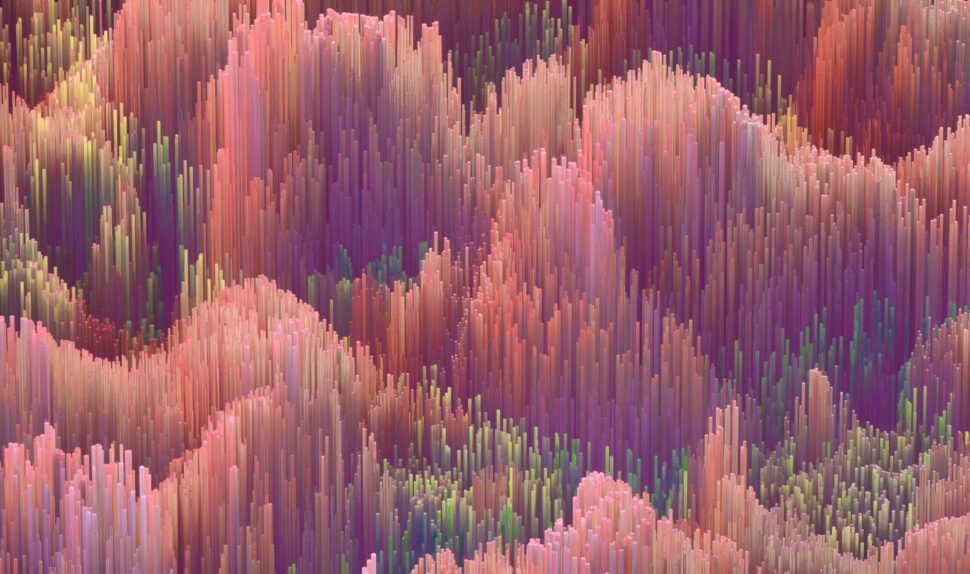
The Emergence of AI Design Tools
Artificial Intelligence (AI) is reshaping various industries. Among these, the creative sectors have witnessed significant transformations, thanks to AI-driven design tools. These advanced solutions are revolutionizing the way designers approach their creative processes, from conceptualization to the final outputs.
Enhancing Efficiency and Productivity
AI design tools are pivotal in boosting efficiency within the creative workflow. By automating routine tasks, such as resizing images and basic coding for web design, these tools free up designers to focus more on complex, creative problem-solving. As a result, projects progress faster, and productivity soars, allowing designers and firms to take on more work without compromising the quality of the output.
Automated Content Generation
One of the standout features of AI in design is its ability to generate content quickly. AI programs can produce a range of elements, from graphic assets to entire web page layouts, within seconds. This capability not only speeds up the design process but also helps in brainstorming sessions, offering multiple visual options to spur creativity.
Personalization at Scale
A significant advantage of AI tools lies in their ability to personalize designs at scale. For instance, AI algorithms can analyze data from user interactions to tailor digital experiences, ensuring that each user feels uniquely considered. This level of personalization is invaluable in marketing and e-commerce, where personalized experiences significantly enhance customer engagement and satisfaction.
Real-Time Collaboration
AI-powered design platforms facilitate real-time collaboration among teams, regardless of their physical locations. These tools enable designers to synchronize their work instantly, make live edits, and provide feedback, streamlining the collaborative process and enhancing teamwork and cohesiveness.
Empowering Creativity with Data Insights
Data is a goldmine of insights and AI excels at data analysis. By leveraging AI to analyze trends, user preferences, and market data, designers can make informed decisions about their creative directions. Integrating these insights, designers can tailor their projects to better meet market demands and anticipate future trends, thereby creating more impactful and relevant designs.
Challenges and Ethical Considerations
Despite its benefits, the rise of AI in design also brings challenges, particularly regarding originality and ethics. The question of whether AI-designed elements can truly be considered ‘original’ work is a point of contention. Additionally, the reliance on AI tools must be balanced to ensure that they do not stifle creativity but rather enhance the human creative process.
What Does the Future Hold?
The continued integration of AI in design heralds a future where creative processes are more collaborative, personalized, and efficient. As AI technologies evolve, we can expect even more sophisticated tools that will further refine and enhance the capabilities of designers across industries. This progression promises to keep the creative industries dynamic, innovative, and ever-evolving.
Conclusion
AI design tools are more than just a technological advancement; they are transforming the very essence of creative work. By automating mundane tasks, providing personalized data insights, and facilitating real-time collaboration, AI is enabling designers to reach new heights of creativity and innovation. As we look to the future, the role of AI in design is only set to expand, promising exciting possibilities for the creative world.


